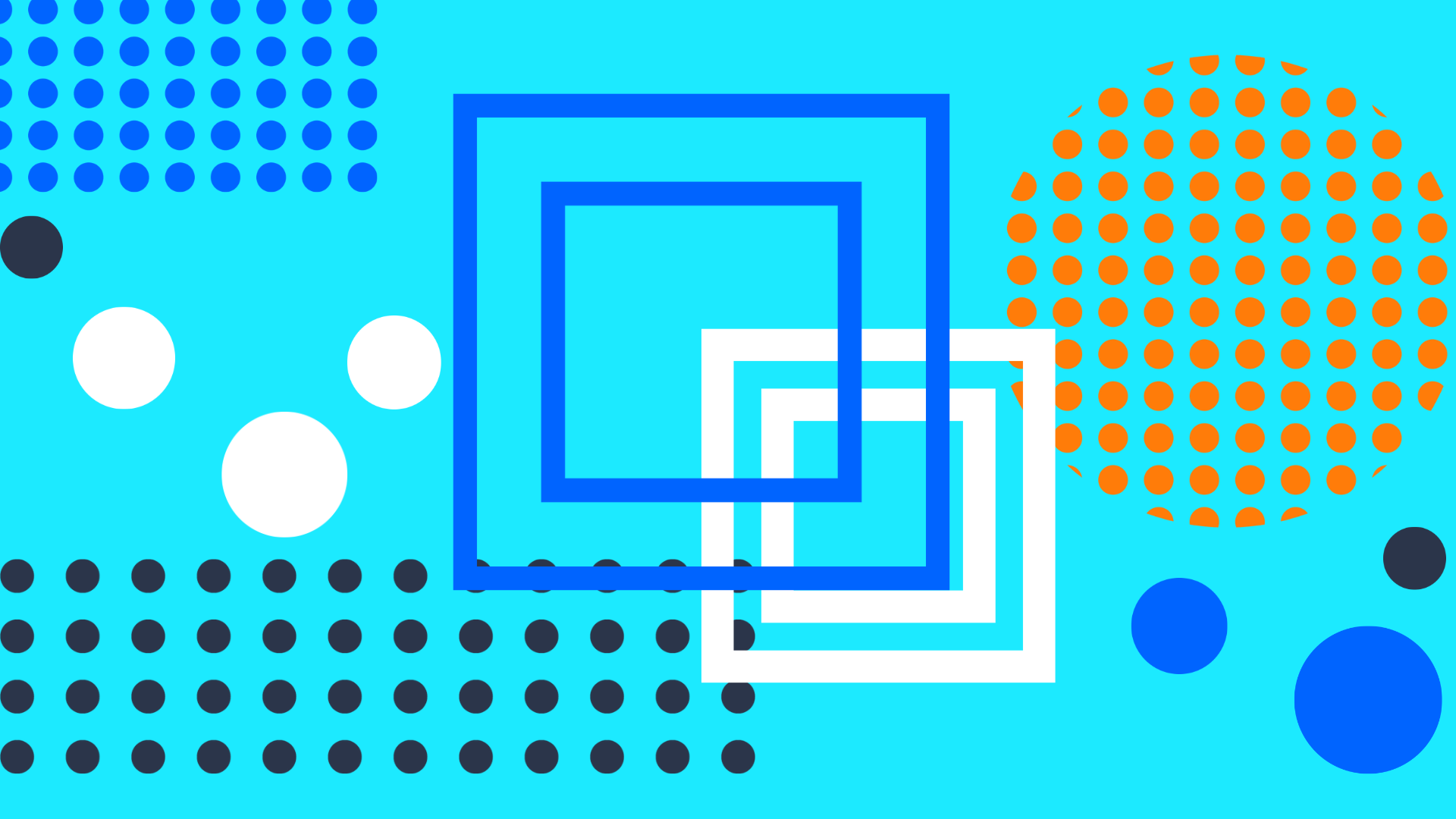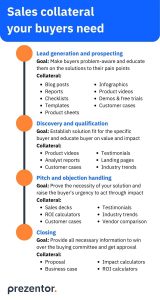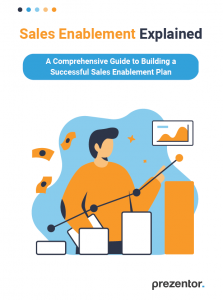How to use sales collateral that buyers want in the sales process
What is effective sales collateral?
Effective sales collateral is key to moving buyers through their purchasing journey and converting them into customers. Buyers need sales collateral that educates them and answers the questions and pains that arise as they move through their buyers’ journey. The purpose of sales collateral is to:
- Help buyers to make a purchase decision
- Make it easier for sellers to communicate the value of their product
- Increase sales velocity so sellers can close more deals
- Build a solid relationship between buyer and seller
However, sales reps often struggle to identify the best collateral to share with their prospects at the right time in the sales process. According to Forbes, between 60 and 70% of B2B content sits unused. This is a huge waste of resources, both for marketers who put time and effort into creating collateral that doesn’t get used, and for sellers who waste time “hunting” for the right resources or even creating their own, with potential damage to the company’s brand image. Which is why it is important not only to create the right sales materials, but also to manage them wisely so that sellers always know where to find them and how to use them. In this article, we explain which types of sales collateral the buyers want and when is best to use them during the stages of the sales process.
How to educate buyers with your sales collateral
In today’s difficult economic climate, and with modern buyers becoming more and more demanding, it is no longer enough to meet your buyer’s expectations – you need to exceed them, if you want to have a chance at beating the competition. To exceed your buyer’s expectations, you need to:
- Engage them with interactive content that stands out
- Provide the right information to the right buyer at the right time
- Show that you know and understand their needs and pain points
- Provide valuable advice and offer new perspectives to help them make informed purchase decisions.
The best way to succeed in that is to make sure that the marketing, sales, and sales enablement departments are aligned and collaborate to create a sales enablement content strategy. This will ensure that content creators know what kind of content is missing, and that the content is managed in the right way.
It is just as important that sellers know exactly what type of collateral to use when. This depends on the specific buyer they are talking to – what industry do they work in? What is their role? What challenges are they looking to overcome? What information is important to them? – but also on where they are in their buyer journey.
In the following, we share suggestions on the best type of content to share in the different stages of the sales process, to help the buyer move quickly down the sales funnel.
Collateral for lead generation and prospecting
The lead generation stage is all about creating awareness. To attract the right leads, sales collateral needs to be focused on making potential buyers aware of a problem in the industry and how your solution can solve that problem.
The content should be informational and educational, aimed at providing learning value to buyers and positioning your company as thought leaders and trusted advisors.
Here are a few examples of effective sales collateral to share at this stage:
1. Blog posts
They can be a great resource to share to create awareness about a topic or show that you know and understand the buyer’s pain points.
2. Reports
Sharing research studies can help you back up your claims with data and prove the existence of a problem and the necessity for a solution.
3. Checklists and templates
Free downloadable resources are an easy way to provide value and build trust and loyalty, plus they can be useful to attract new leads and collect buyers’ data in exchange.
4. Product pages/sheets
They provide a short summary of the key features of your offer to capture the buyer’s attention and spark interest without taking too much time away from them.
5. Infographics
They can be used in any stage of the sales process to share valuable data and insight in a digestible format that is quick and easy to understand.
6. Product videos
Videos are more fun, engaging, and memorable than a written article or guide, so today’s consumers increasingly rely on this format.
7. Demos and free trials
What better way to explain how your product works than to show it in action?
8. Customer cases
Showing that you were able to solve other buyers’ pain points proves the value and feasibility of your solution and builds trust.
Collateral for the discovery and qualification stages
This phase is focused on establishing if your solution is a good fit for the acquired leads. Sellers should scope the leads’ challenges and share sales collaterals that show the value their solution can provide to the specific buyer and explain why they should invest in it.
The content should be educational and product-focused and provide social proof to build trust.
Here are a few examples of effective sales collateral to share at this stage:
1. Product videos
Show how-to videos that prove how a buyer’s challenge can be solved with your solution.
2. Analyst reports
Sharing reports from trusted sources (Forrester Total Economic Impact, Gartner Magic Quadrant, etc.) can help you back-up your claims and prove the value your solution can bring to the industry.
3. Customer cases and testimonials
One of the best ways to build trust is to let your current customers speak for you. Choose cases and testimonials from the same industry as the buyer’s to prove the value your solution provided to other clients who were facing similar challenges.
4. Website landing pages
Your own company website can be a good source of sales collateral with product pages, company info, testimonials, and various other resources like blog posts, infographics, and so on.
5. Industry trends and insights
Show your buyers what their competitors are investing in to prove that your solution is a good fit for their industry.
Collateral for your pitch and objection handling
In this phase, sellers need to communicate urgency and necessity to purchase. They should show sales collateral that visualizes the business impact their solution brings to the table, as well as what the buyer would lose if the purchase didn’t happen.
The content shared needs to be highly personalized and focused on the impact your solution has on solving pain points of the buyer, buying committee, and buying company.
Here are a few examples of effective sales collateral to share at this stage:
1. Sales decks
Consider investing in interactive presentations to really stand out and make a good impression. They help you create a personalized buyer experience, build a natural dialogue with buyers, and easily jump between topics to answer any questions.
2. ROI calculators
Dynamic ROI calculators are the perfect way to show exactly what business impact your solution will have for each specific buyer. They are highly engaging and allow you to collect buyers’ data automatically.
3. Customer cases and testimonials
If you haven’t already shared customer cases or testimonials in previous stages of the buyer journey, now is the time. They are the perfect proof that your solution was able to solve similar problems for your current customers.
4. Industry trends and insights
Industry trends can also be useful at this stage to communicate a sense of urgency. Your buyer will not want to fall behind competitors who are investing in solutions like yours, will they?
5. Vendor comparison
Today’s consumers do a lot of research on their own, so it’s safe to assume you are not the only vendor they are considering. Providing them with a vendor comparison that includes product features and price comparison will make their life easier, while allowing you to highlight exactly what the advantages of your solution are compared to the competition.
Collateral for closing the deal
At the closing stage, sellers should share content focused on giving the buyer all the necessary information to win over the decision-makers and address their concerns.
All content should be customized to the needs of the specific company and targeted at the main decision-makers.
Here are a few examples of effective sales collateral to share at this stage:
1. Proposal
If you have the opportunity, tailor your proposal to the needs of the specific buying company to make the offer as lucrative as possible for them.
2. Business case
The importance of the business case is often underestimated by sellers. Providing your buyer with the right materials and information for a successful business case, and educating them on how to present it to the main decision-makers, will ensure that the deal you worked so hard on to close won’t fall through at the last minute.
3. Value calculator
As for the previous stages, you can use calculators to help buyers visualize exactly what they gain from the investment and to offer a personalized experience.
Final thoughts
Having the right sales collateral to share at the right time can really make a difference and improve sellers’ win rate. Sales enablement can help align your organization’s functions to create together the perfect content strategy and educate buyers with your sales collateral.
Download our guide to find out more about sales enablement and how to implement it in your organization.



